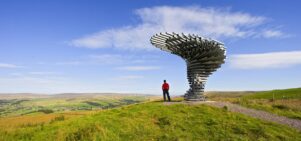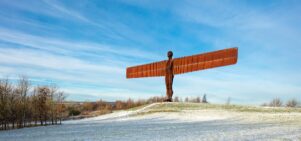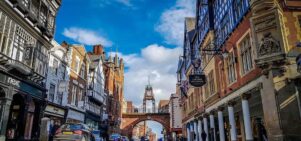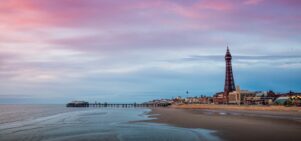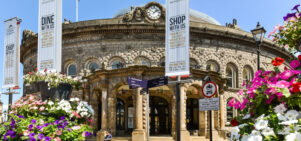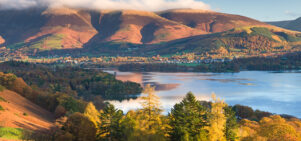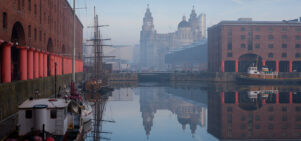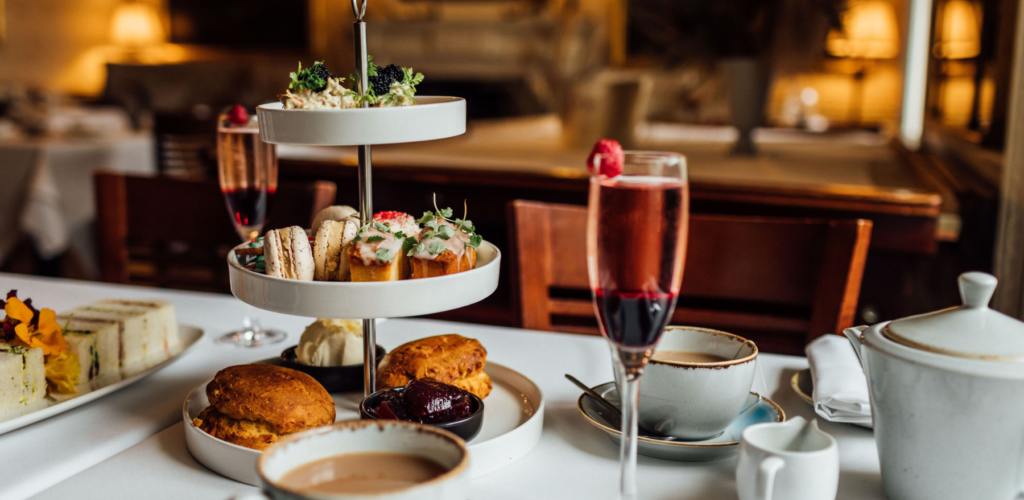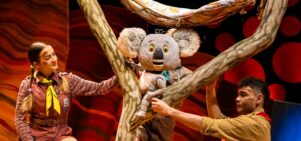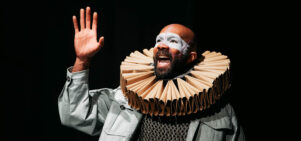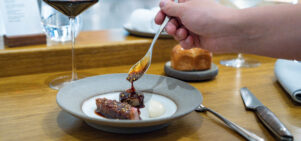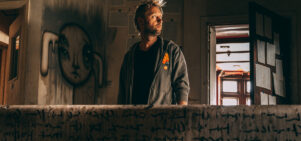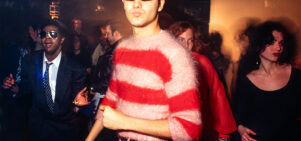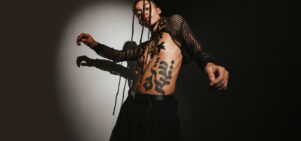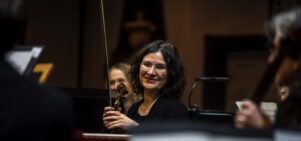Red in tooth and claw: Manchester Museum unravels our animal nature
Susie StubbsFrom the War of Nature starts with a blood-dripping painting and ends with a lesson on environmental responsibility – but does it try to cram too much in?
There’s an enormous 19th century painting at Manchester Museum that was once declared “repulsive” by critics. It lustily depicts a pack of wolves fighting to the death; they launch themselves at each other, blood dripping from bared teeth, claws swiping at exposed flesh. But while it’s a fairly full-on portrayal of life in the wolf pack, it might be more accurate to describe it as “unflinching” – and as an apt opener for an exhibition that wonders whether war is inevitable.
The idea that it is can be traced back to Darwin. His theory of evolution was based on the “struggle for existence”, the idea that natural selection depends on animals and plants constantly trying to do each other over. We are born to fight, and if we don’t – well, good luck with that. Plenty of scientists (and all those documentaries whose telegenic gaze is fixed on the bloody demise of a cute ickle baby seal/lion cub/gazelle) have signed up to this rather depressing view of nature, and it’s an idea that applies not just to animals and plants, but to us as well. Humans are, after all, rather good at fabricating fights, conflict and full-scale warfare out of not very much at all. Heck, the whole of Ancient Greece went to war in a horse on the basis of a single woman (ladies and gentlemen: we give you Helen of Troy).
Nature, as is turns out, is complicated: neither red in tooth and claw, nor white as the driven snow
This rather black and white view of nature’s depravity is, thankfully, unpicked by Manchester Museum’s latest exhibition, From the War of Nature. The artworks, taxidermy and selections of natural objects that make up the bulk of this show point out the many and varied ways in which animals work together – to befuddle predators, for example, or simply to co-exist. So sardines and starlings form giant groups whose collective mass confuses or intimidates the enemy. Great Tits use a “mobbing call”, a kind of cry that’s understood by other birds and alerts them to the presence of a predator; together, these birds mob their would-be attacker, and drive them away. People, too, while capable of unutterable selfishness, are also not bad at working together for that most beautiful of socialist phrases: “the common good”.
Nature, as is turns out, is complicated. It is neither red in tooth and claw, nor white as the driven snow. This show, too, is complicated: it’s a small affair, with perhaps not quite enough space to make its nuanced points clearly. A link is made between the struggle for existence and the centenary of the First World War, while another argument about environmental decay (and mankind’s role in it) is also made – yet neither is given quite enough room to be explored fully. But that matters not too much: there is, after all, a whole natural history museum just beyond the doors of this exhibition, an institution set up along Darwinian lines, whose collections and displays provide ample room to ponder on animals, plants and mankind’s seemingly limitless ability to destroy them. So perhaps the point of that wolf pack painting is not to gorily reflect the violence of the natural world; it’s more an unflinching reminder of how, in many cases, humans could learn a great deal from animals and plants who collaborate, co-operate and generally rub along far more nicely than we do.


